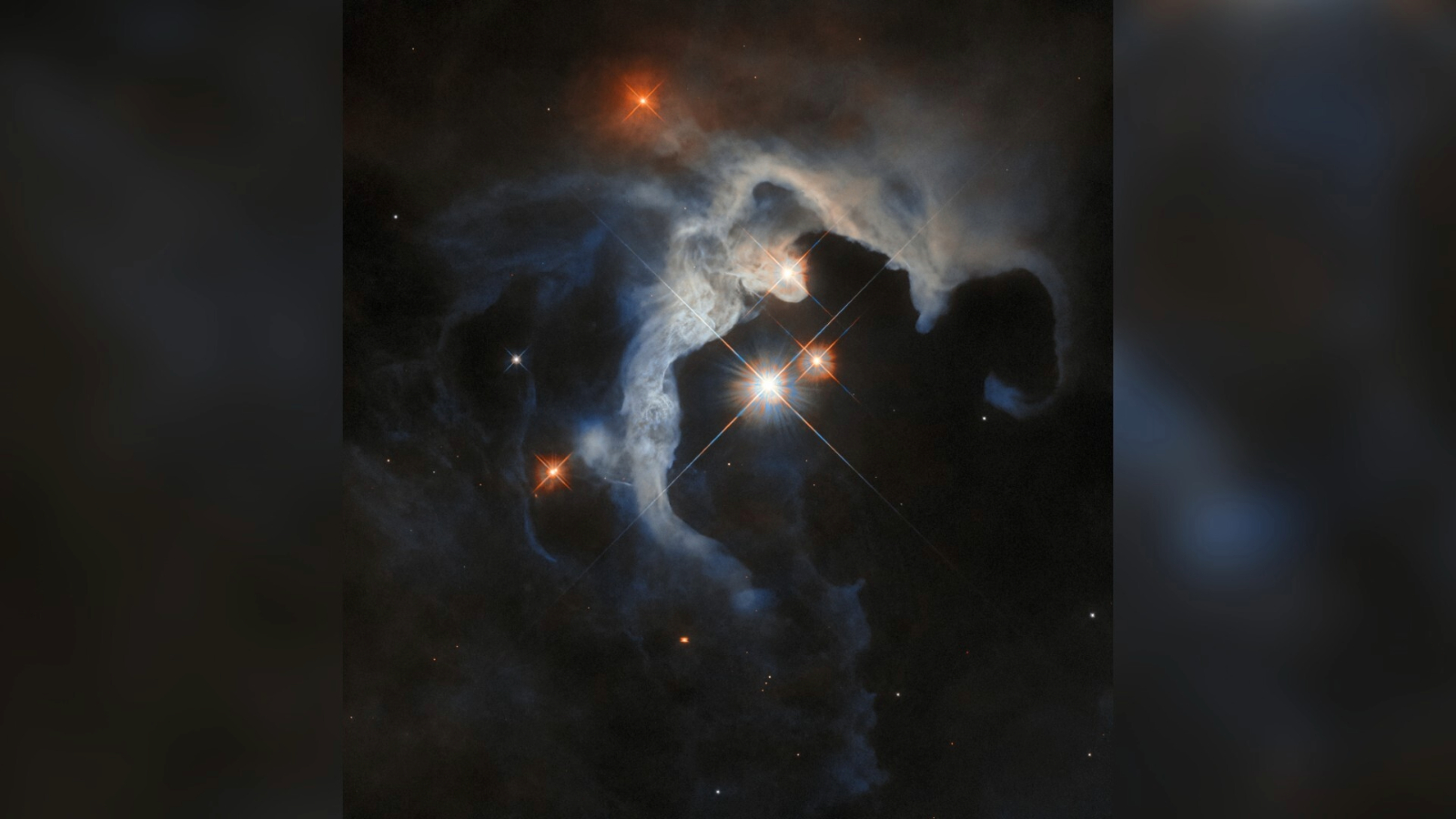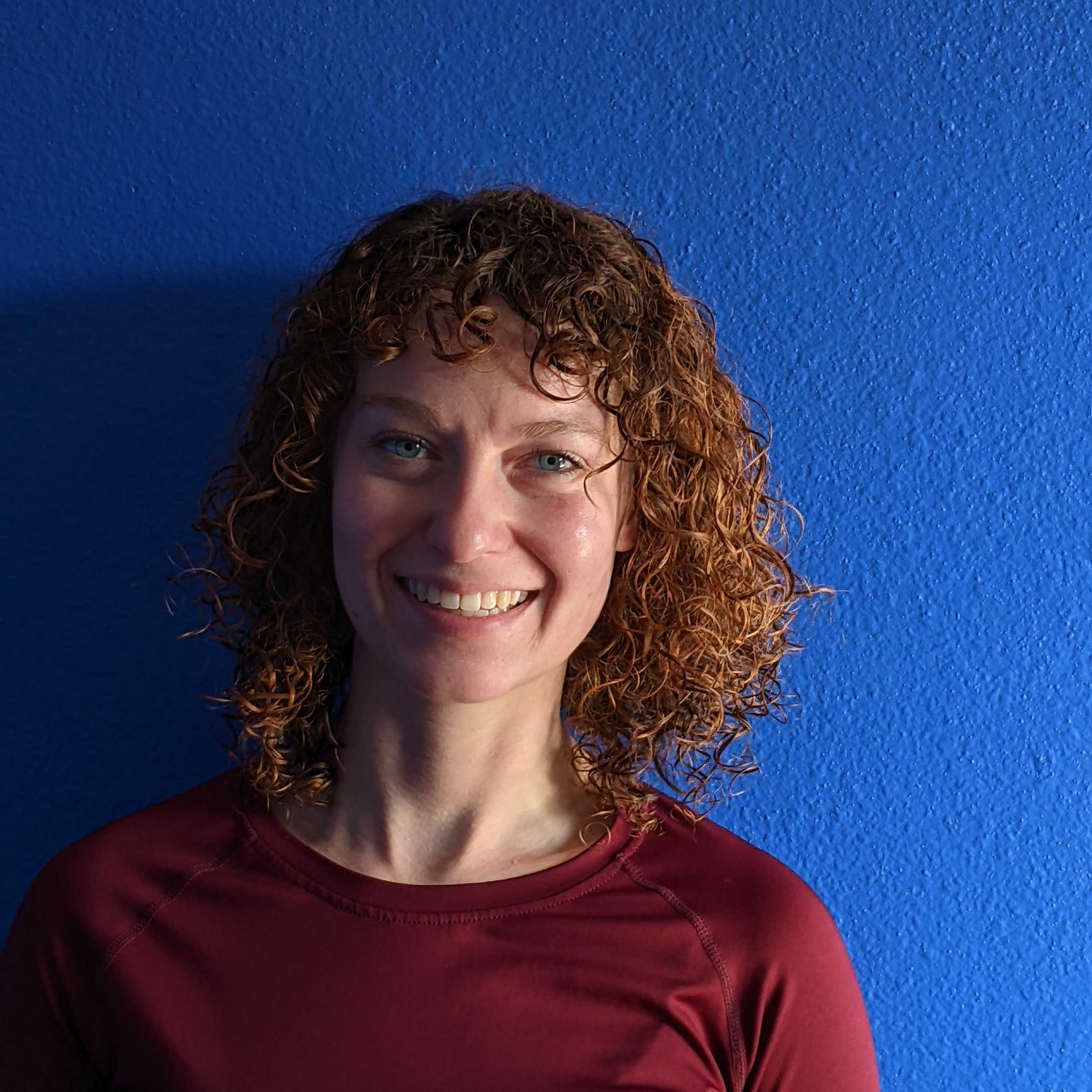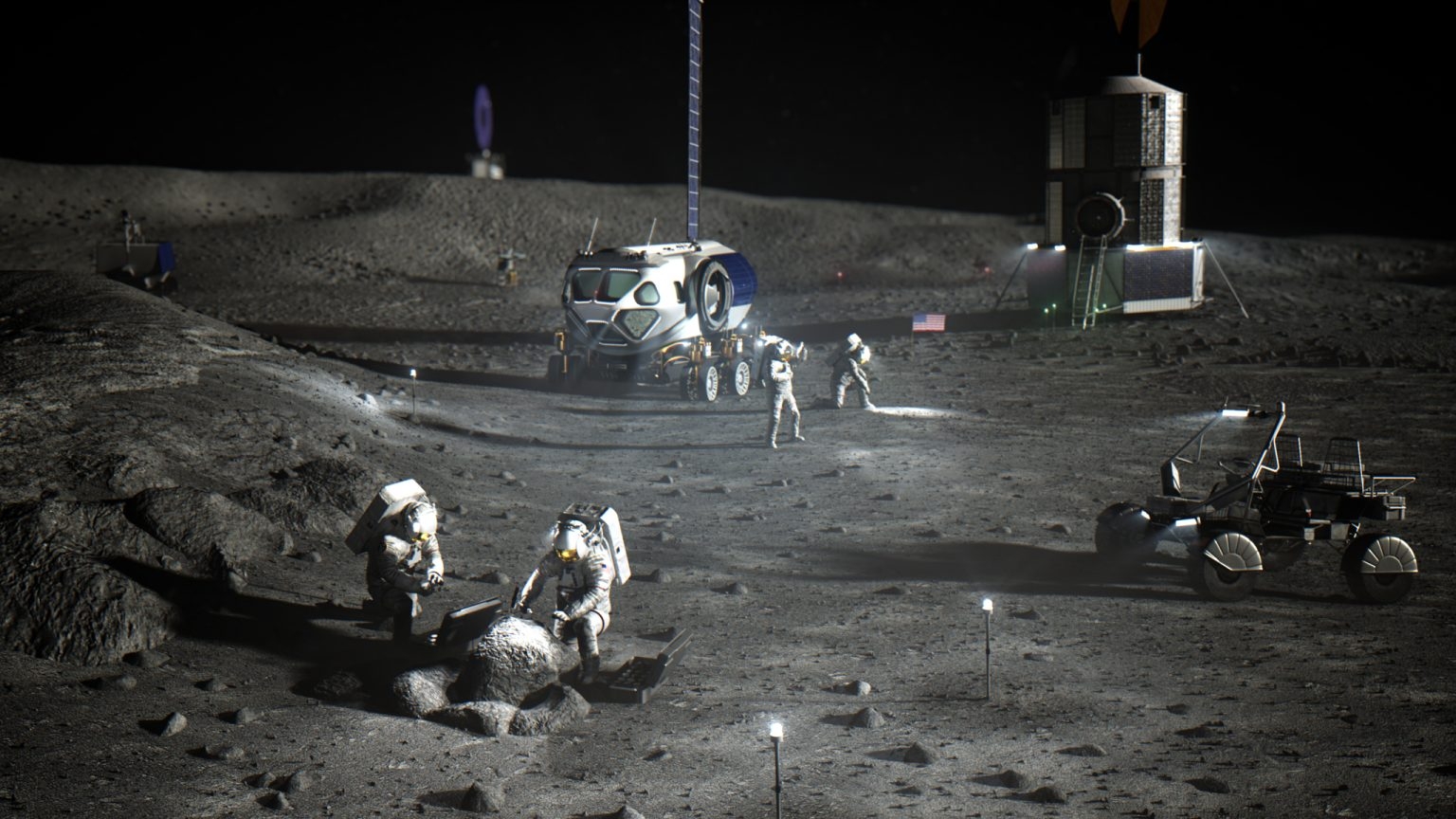Hubble Telescope finds stellar nursery in Taurus Molecular Cloud | Space photo of the day for July 2, 2025
The space telescope spied three young stars in the nebula.

The Hubble Space Telescope searches the universe to understand how planets, stars, and galaxies form. Recently, it captured this image of a nebula known as GN 04.32.8 within a larger stellar nursery called the Taurus Molecular Cloud.
What is it?
According to the European Space Agency (ESA), the GN 04.32.8 nebula is classified as a reflection nebula, as it does not emit its own light, but instead its clouds of space dust reflect the light of nearby stars.
The reflection nebula is more brightly illuminated around three young bright stars, the centermost being star V1025 Tauri. This star is a variable star, meaning that it's very chaotic and active as it's beginning its stellar evolution.
Where is it?
The Taurus Molecular Cloud, where GN 04.32.8 lies, is in the constellation Taurus, around 480 light-years from Earth.
Why is it amazing?
The Taurus Molecular Cloud is one of the closest and most well-known stellar nurseries, making it an easy place to study how stars are born and evolve.
But it's not the only thing in this picture that's newly formed. Lower down in this image is a small squished orange spot with a dark line through it. It's easy to miss but important to study, as it's a newly formed protostar surrounded by a protoplanetary disk. Because the disk is edge-on to the Hubble Space Telescope, astronomers can zoom in to further study how this disk formed, revealing more about the early universe.
Want to learn more?
You can read more about baby stars and the Hubble Space Telescope's photographs as astronomers continue peering deep into our universe.
Breaking space news, the latest updates on rocket launches, skywatching events and more!
Kenna Hughes-Castleberry is the Content Manager at Space.com. Formerly, she was the Science Communicator at JILA, a physics research institute. Kenna is also a freelance science journalist. Her beats include quantum technology, AI, animal intelligence, corvids, and cephalopods.
You must confirm your public display name before commenting
Please logout and then login again, you will then be prompted to enter your display name.

